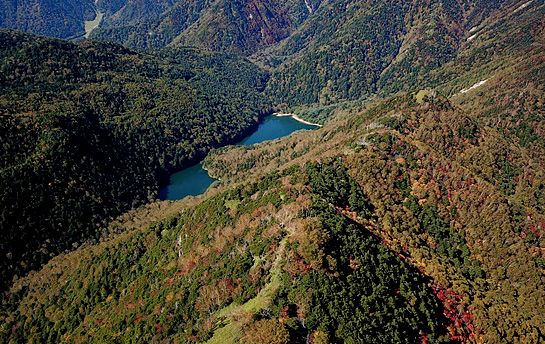Tourist information
周辺観光
周辺観光
Tobu World Square exhibits miniature of 102 famous heritage and architectures of the world in the scale of 1/25. The exhibition includes 42 items of World Heritage registered by UNESCO.
Also, you will find miniature of 140,000 people in the area, and will notice uniqueness of every individual if you look at them closely and carefully.
Please enjoy detail works of those miniatures!
Open throughout the year.
AM 9:00-PM 5:00 (Mar. 20-Nov. 30)
AM 9:30-PM 4:00 (Dec. 1-Mar. 19)
>>Please enter at least 1 hour before the closure.
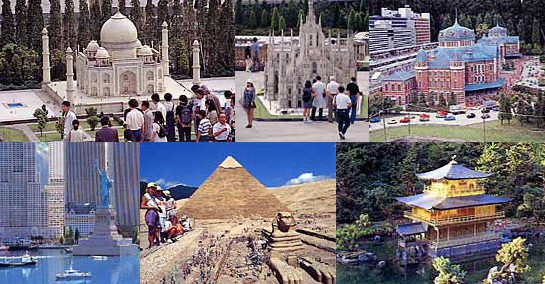
When you enter the village:
The entrance (traditional sekisho, or checkpoint), Kabuki-mon is guarded by samurai (warrior) with swords and chonmage (shaved heads).
You will need to buy a pass called tegata and receive a guide written in English including a detailed map of Nikko Edo Mura at the ticket office.
It is an authentic reproduction of the daily life of Japan's Edo Period. Those will be streets, shops, clothing of people, shopkeepers and teashop waitress, ticket collectors, hairstyle, Ryo currency (pre Yen currency), buildings and so on. You will feel as if you live in Japan's Edo era (1603-1867) once you step into the Nikko Edo Mura village. Those details make the atmosphere of the village more realistic, and are often used as sets for TV commercials, dramas and movies.
Also, there are various entertainment such as shopping, food and live shows, in the area of.495,000m². These include traditional magic performances, comic and historical dramas, mock trial in a magistrate's court, and Ninja aerial acrobatics (martial arts) staged along 400m wooden path. The contents of those performances and casts change every year.
Open throughout the year.
9:00am to 17:00 (Mar. 20-Nov. 30)
9:30am to 16:00 (Dec. 1-Mar. 19)
>>Please enter at least 1 hour before the closure.
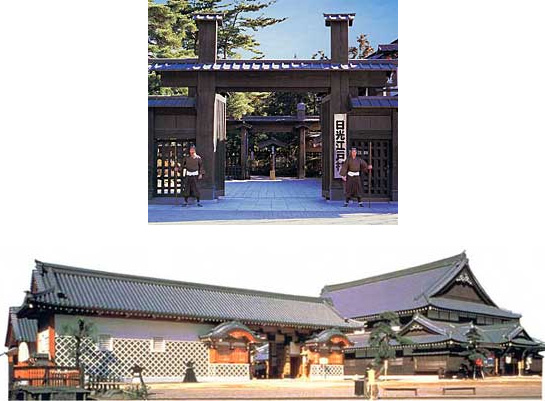
Shrines and Temples of Nikko were registered as World Heritage site at the 23rd session of the UNESCO World Heritage Committee held at Marakesh in Morocco in December 1999. The site consists of two Shinto shrines (Futarasan Shrine, Toshogu Shrine) and Buddhist temple (Rinnoji Temple).
There are 103 historical buildings consisting of 9 national treasures and 94 important cultural properties. Most of the buildings were constructed by the greatest artists in the 17th century, and their artistic values are very high.
Also, Nikko played an important role in supporting political structure of Edo period. For example, successive shoguns, envoys dispatched from imperial court in Kyoto, diplomatic envoys from Korea, they visited to Nikko. Moreover, those buildings are well harmonized with natural environment in order to take place for religious activities to worship mountains of Nikko.
Toshogu was originally constructed in 1617, a year after Ieyasu Tokugawa died. The reason why Toshogu was erected in Nikko, was because directional relationship with Edo. Nikko is located in the north of Edo. Ieyasu defined Nikko as the center of Edo (or whole nation) by referring the relationship between the polestar and universe. His intention was to protect the whole nation by being the polestar of Edo. Although Toshogu was constructed in a small sized and simple shrine as Ieyasu's last will, the shrine was reconstructed and expanded to larger size and became more gorgeous in color in 1636.
There are 8 national treasures and 32 important cultural properties in Toshogu. Also, seven annual events have been taken there. Some examples are as follows:
- Procession of a Thousand Warriors [May 17th to 18th, October 17th]
- The Gojuunoto (Five storied pagoda)
- The Omizuya
- The Shinkyu (Sacred Horse Stable)
- The Sansaru (Three Monkeys)
- The Yomeimon Gate (Sunlight Gate)
- The Shourou, Korou, Honzi-do (Belfry and Drum Tower, Honzi-do hall)
- The Nakiryu (Crying Dragon)
- The Nemurineko (Sleeping Cat)
- The Sansaru (Three Monkeys)
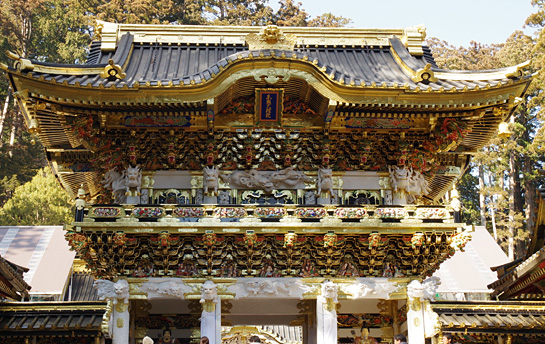
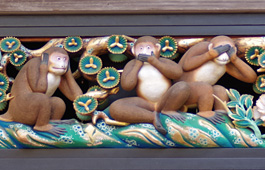
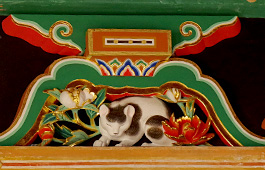
Rinnoji Temple is a generic term for temples, shrines, and 15 subordinative temples. The site thrived as a place for mountain worship and many Buddhist ascetics visited to practice since the priest Shoto constructed Shihonryuji Temple in the end of the 8th century.
There are 37 important cultural properties and a national treasure in Rinnoji Temple. Also, 15 annual events have been taken there. Some examples are as follows:
- Takigino (Noh plays) [Friday and Saturday around August 20th ]
- Compulsory Rice Eating Ceremony [April 2nd]
- The bronze statue of the priest Shoto
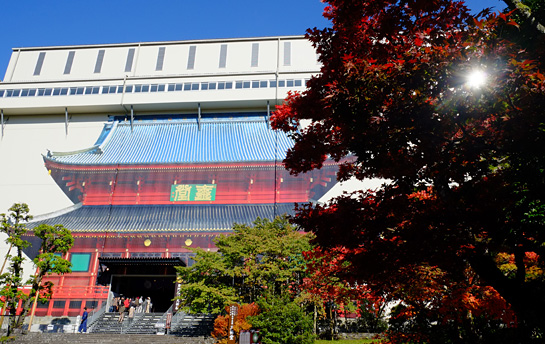
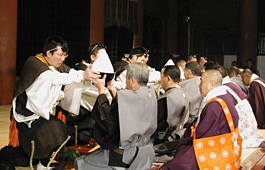
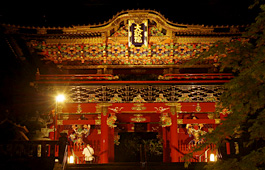
Futarasan Shrine has been the center of mountain worship since ancient period. A priest Shoto constructed Shihonryuji Temple on the north side of the Daiya River in 766 and constructed Hongu Shrine (Main shrine) then. This was the beginning of Futarasan Shrine. The Futarasan Shrine had been respected as the best shrine of Tochigi prefecture since early times, and worshiped by shogunate and powerful clan as the guardian of Kanto region. Tokugawa shogunate constructed more shrines and contributed sacred territory when Toshogu Shrine was built in 1617 to express respect for the Futarasan shrine.
There are 23 important cultural properties in Futarasan Shrine. Also, 22 annual events have been taken there.
Some examples are as follows:
- Yayoi Festival [April 13th to 17th]
- The Shinkyo (Sacred Bridge)
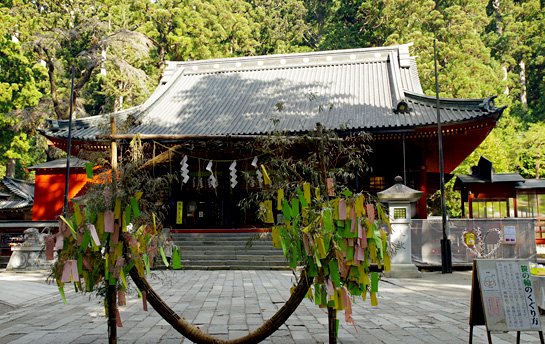
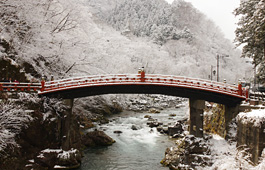
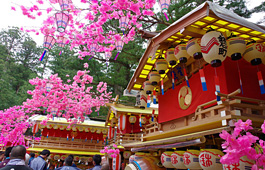
Oku-Nikko is the area of the whole place from Chuzenji Temple to Yumoto, while are located in the northwestern part of Tochigi Prefecture, escaping from central Nikko with Shrines and Temples, and having gone up the long winding curve called Iroha-zaka.
This area is a tourist resort region blessed with natural resources, such as marshland, Senjo-ga-hara, Lake Chuzenji, Kegon waterfall, and the outstanding scene including Mt. Nantai.
Hiking, autumnal leaves, mountain climbing, camping, fishing, photography, the recreation at a hot spring will interest visitors.
Lake Chuzenji has about 25km surroundings and its size is the No.1 of the natural lake in Japan. There is the Chugushi shrine, which religiously belongs to Nikko Futarasan Shrine. Also, Chuzenji Temple of Mt. Nikko, Chuzenji hot spring, camp, cottage of foreign embassy are around the Lake Chuzenji. Also, the location of the Chugushi shrine is an approach to Mt. Nantai. In addition, you can enjoy hiking to stroll around, and riding on the motorboat, which make a tour on the Lake Chuzenji.
Foreigners' domestic tour became free gradually at the Meiji era, and the diplomats of Western countries came to visit to pass the summer. Cottages were built to the lakeside and the Japanese Imperial Family, a Japanese aristocrat, etc. came to visit also. The yacht race was opened there, an airplane came flying for movement. There was a Western atmosphere there. Fishing was the most popular play among the visitors. It was British style trout fishing (fly-fishing), and was carried in for the first time in Japan. "Tokyo Angling and Country Club" was inaugurated to enjoy golf and fishing at Senju-ha-hama beach. The members of the club consisted of the leader of political and business circles, the diplomat in Japan, and the Imperial Family. As a resort in which a high-class person gathers, the outskirts of Lake Chuzenji was established its status. Although there was also time currently called "Ministry of Foreign Affairs of summer" in early stages of Showa from Taisho, the area was damaged by World War II. Only the chimney of a fireplace portion stands still at the lakeside now. Although it is lonely, there was the romance.
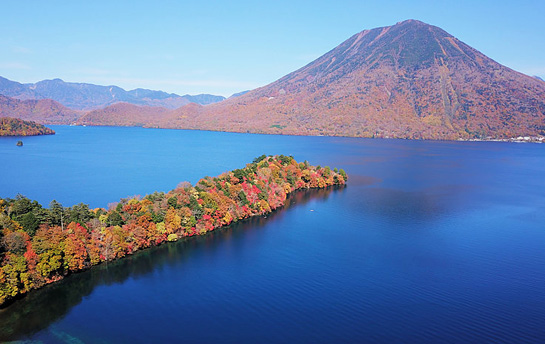
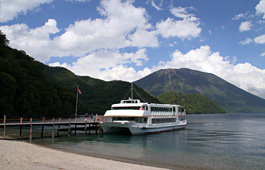
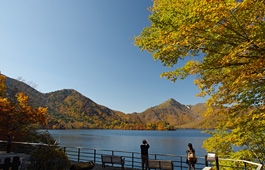
The Kegon waterfall is recognized as one of the great waterfall of Nikko. The water of the Lake Chuzenji falls from a height of 97m. The elevator leads to observatory, and you will see a spray of powerful waterfall with beautiful scene.
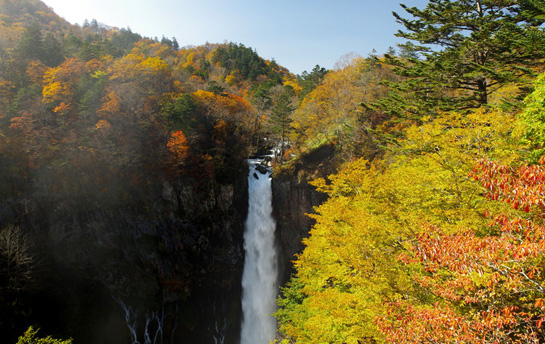
The name of Senjo-ga-hara originates in the "battlefield" which appears in the myth. The struggle occurred regarding territorial possessions of Lake Chuzenji. The battle was done by the God of Futarasan of Shimotsuke (former Tochigi prefecture) and the God of Mt. Akagi of Kouzuke (former Gunma prefecture). Shimotsuke and Kouzuke are the countries, which adjoin across Lake Chuzenji. This battle was by the large herd of snake on Futarasan side, and the large herd of centipede on Mt. Akagi. The Futarasan was inferior in strength at the first time, but the God of the Futarasan remembered the man, who might defeat troop of the Mt. Akagi. He was the expert of a bow called Sarumaru. The God of the Futarasan tried to lure Sarumaru out by changing his appearance to the white deer. Sarumaru chased the white deer and came to Futarasan as the white deer intended. The God of Futarasan asked Sarumaru to defeat the troop of Mt. Akagi. Sarumaru found two-horned giant centipede, which seems to be the enemyユs leader. Sarumaru hit the left eye of the enemy's leader, and defeated enemy of the Mt. Akagi finally.
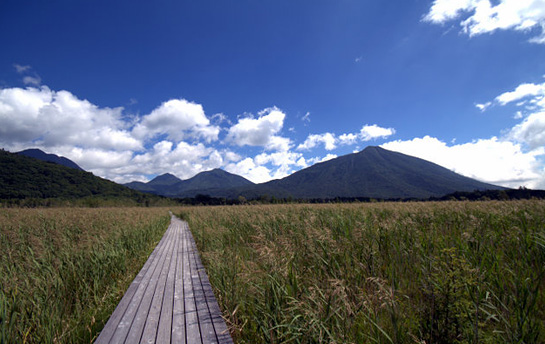
You will enjoy the beauty of autumnal leaves of Oku-Nikko (literally "deep Nikko") in a comparatively easy hiking course of Lake Kirikomi and Lake Karikomi.
It takes you 4, or 5 hours (9.6km long) including lunch time from Yumoto hot spring to Koutoku Pasture (or the reverse course) to complete the course. Relaxing at the Yumoto hot spring after the hiking will be great.
